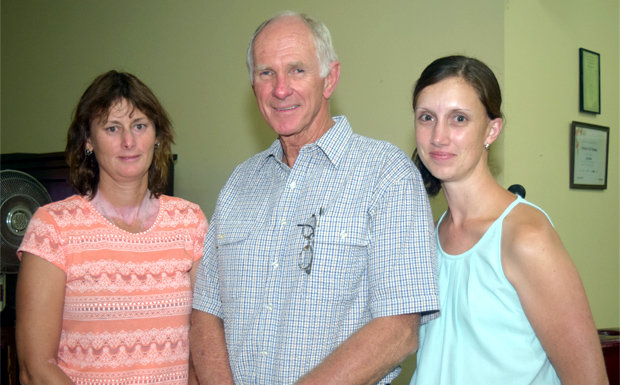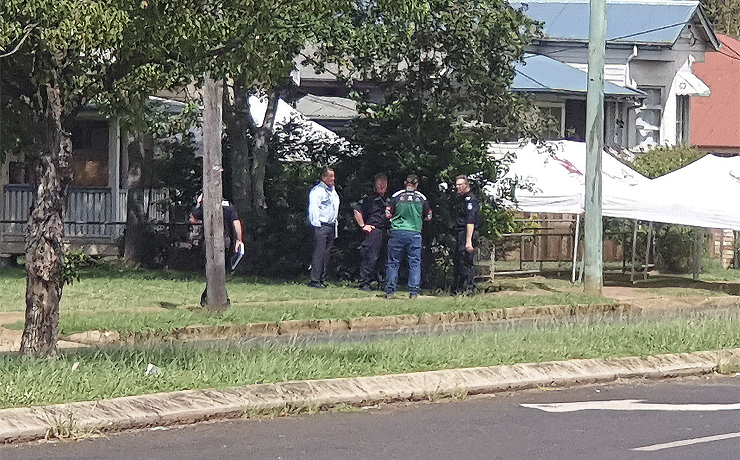
February 3, 2015
A public meeting held at the Yarraman Memorial Hall on Tuesday night was told it seemed ironic that a town which had built itself on the timber industry had almost no trees lining its streets.
The meeting, attended by about 62 local residents, was called by the Yarraman Progress Association (YPA).
Its purpose was to discuss the first draft of a Yarraman Town Plan which the YPA hopes to present to Toowoomba Regional Council before the end of the month.
The aim of the multi-year plan is to define what the Yarraman community feels are its most important needs, and provide guidance for the Council when it plans town improvements.
YPA member Terry Reid, who moderated the meeting, told the audience that earlier public meetings between Toowoomba Regional Council and the community had identified the Yarraman Progress Association as the Council’s preferred peak body to speak on behalf of the town.
Mr Reid said it was generally felt that ever since the creation of Toowoomba Regional Council in the 2012 merger process, Yarraman had fallen by the wayside.
“We no longer have any councillors who live in Yarraman, and our attempts to communicate with Council often appear to fall on deaf ears,” Mr Reid said.
He said he was not attacking the Council.
Toowoomba Regional Council now has to look after 160,000 residents, he said, and many of them live in similar small towns and villages spread over a very large area and faced similar problems.
But the YPA felt it was up to individual communities to tell the Council what they wanted it to do for them, and the Council wanted this, too, because it helped ensure any work they undertook met a community’s most important needs.
This being so, the YPA had formed a sub-committee last year to conduct a survey of residents in order to determine what town improvements they wanted Council to undertake.
Survey forms had been distributed to all the town’s residents in late 2014, and more than 50 completed surveys had been returned.
This was equivalent to roughly 10 per cent of households.
Mr Reid said the purpose of Tuesday night’s meeting was to discuss the items residents had raised in their survey responses.
From this, the sub-committee intended to draw up a smaller list which could be ratified at a subsequent community meeting planned for February 17.
This final Town Plan would then be presented to Toowoomba councillors and department heads at a third meeting in late February or early March.
Audience members then analysed and discussed 59 items of local concern harvested by the survey, grouped into categories that aligned with TRC’s Community Plan guidelines.
They covered transport and mobility issues; integrated infrastructure and activities; the natural environment; community vision and identity; strong communities; the local economy; and governance issues.
Some ideas, such as providing a regular bus service between Yarraman and Toowoomba, developing an aged care facility in the town or opening up more Council-owned land to encourage new residents to settle in Yarraman, passed with little discussion.
Others, such as upgrading the town’s footpaths, installing better public toilets and creating two new pedestrian crossings to improve public safety, provoked discussion but gained general agreement.
And a few, such as creating limited free caravan parking area, creating a bypass route for heavy vehicles, developing the town’s sporting facilities, creating a new Visitor Information Centre in the town centre and improved streetscaping, led to more energetic debate.
At the end of the meeting the group passed most suggestions, some with refinements.
Mr Reid said the YPA sub-committee would now refine these into a final document which the community could review on February 17 before it was presented to Council.
He congratulated everyone who attended for their obvious interest in creating a better Yarraman, and the constructive way the meeting had been conducted.
Related articles:























